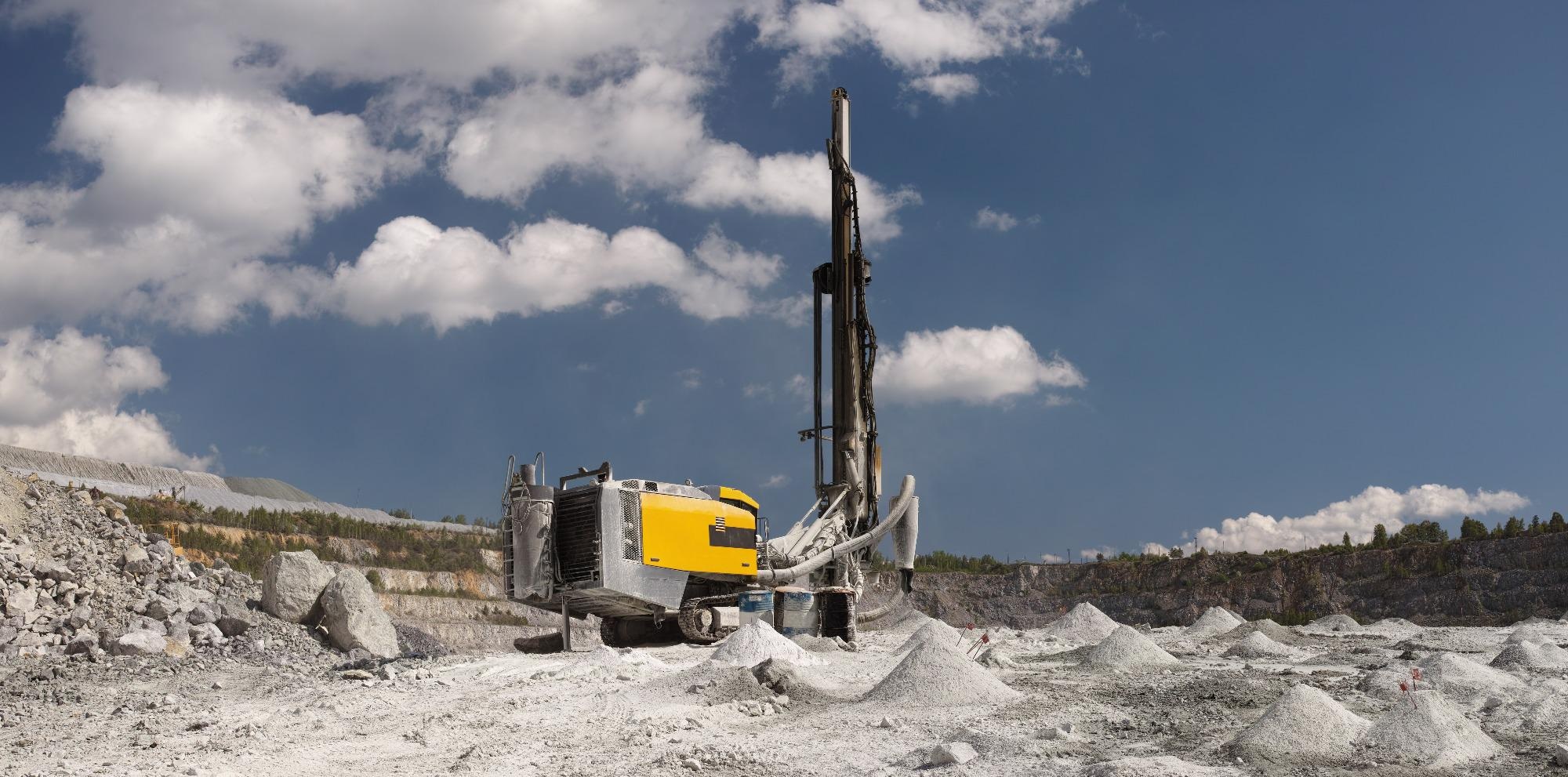Ultra Resources has signed a drilling contract with Los Arcangeles SA to perform drilling and brine sampling on its 100% owned Laguna Verde brine lithium project in Catamarca Province, Argentina.

Image Credit: Shutterstock.com/ Salienko Evgenii
The exploration activity is aimed at realizing the objectives given below:
- Discovering the depth of the Laguna Verde basin.
- Verifying the potential of the aquifer concerning permeability, porosity and effective porosity.
- Evaluating the quality of the brine with regard to the content of lithium and other salts.
- Logging the number and types of aquifers (shallow, intermediate and deeper) and their thickness with the potential to host cost-effectively workable lithium brine mineralization.
Los Arcangeles SA is meant to start mobilization in the second week of January to organize the field camp and transport drilling machinery. Primarily, the contract is for drilling 3 rotary drill holes — one hole to a depth of up to 400 m and two holes to a depth of up to 200 m below ground surface.
Furthermore, a diamond drill hole will be finished to determine subsurface stratigraphy and for performing in-situ density/permeability tests of different sedimentary units down to a depth of up 400 m. Once the drill hole is finished, the contractor will also set up technical support for performing pump tests, downhole geophysical surveys and brine sampling.
The Company has appointed Mr. Horacio Garkus, of Salta, Argentina, who is a qualified geologist in brine lithium projects to oversee drilling, core logging, pump tests, sampling and other geological/ hydrogeological aspects of the project. Ultra Resources is also searching for the services of a competent consultant to perform brine resource estimation conditional on the success of the forthcoming drill program.
The government of Catamarca has granted approval for the exploration program and issued a permit for drilling. It has also communicated with the Ministry of Mining regarding the commencement date of work and other details. The local communities of Antofalla and Antofagasta de La Sierra towns have also given clearance for the Company to carry out its exploration program.
As the exploration program progresses, the Company will keep updating and coordinating with the local communities. These communities were involved with the Company in earlier phases of exploration work.
Laguna Verde Brine Lithium Project Highlights
Laguna Verde is the latest brine lithium discovery where exploratory sampling carried out by Ultra Resources has revealed lithium values in the range of 34.2 to 1,270 mg/L. The Laguna Verde mineralized brines are marked by low magnesium to lithium ratios, in the range of 0-10.2 which can bring out a reduction in production costs.
The Company’s earlier exploration work from 2017 to 2021 covered surface brine sampling, bench scale evaporation testwork and ground geophysical surveys.
In 2018, the Company also accomplished a 39.2-line-kilometer of ground geophysical survey. The survey results specify high-value brine lithium exploration targets in a Salar core area of 3.4 km2 within a 23 km2, 100-150 m thick sedimentary basin with the potential to contain lithium brines.
Interpretation of gravity survey data reveals a significant fault system is present the east of the Laguna Verde Salar and also specifies the existence of a 2.4-km-thick Cenozoic basin, which requires additional exploration.
In 2018, a bench-scale evaporation test was conducted on about 4,000 L of brine sample from Laguna Verde at Ultra Argentina laboratories situated in Salta. The original brine sample’s density was 1,156 and its lithium concentration was 391 ppm.
Two types of evaporation tests were carried out. The first test consisted of evaporating 179 L of brine sample in an external pool situated outside to match real-world evaporation conditions. The results specify that in five months, the brine volume was decreased from 16 m3 to 3 m3, and lithium concentration increased from 391 to 6,760 ppm.
Important salts generated during this process were felsobanyaite, halite, lithium sulfate and potassium, sylvite, carnalite, kainite and gypsum. The second test was performed inside in regulated conditions. The results showed that the original brine volume of 2,326 m3 was decreased to 85.06 m3, and the lithium concentration increased from 391 to 7,370 ppm.
Qualified Person
The technical data contained in this article has been appraised and approved by Afzaal Pirzada, P.Geo., a qualified person, as stipulated by NI 43-101 who is employed as Vice President Exploration of the Company.